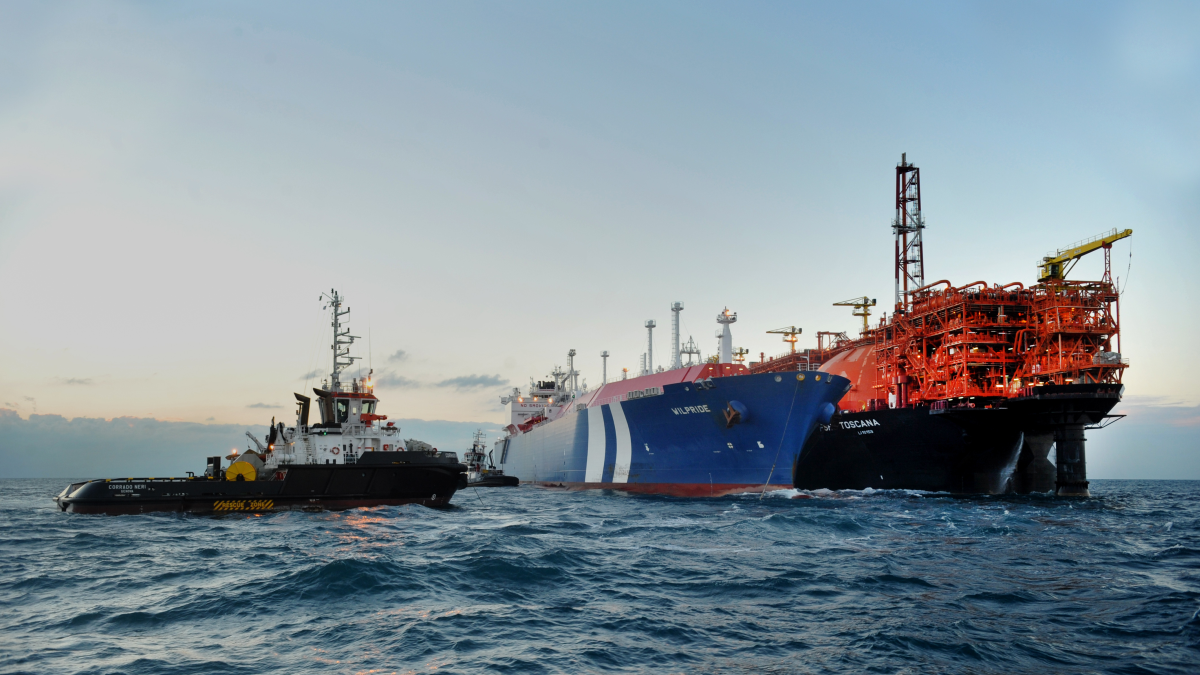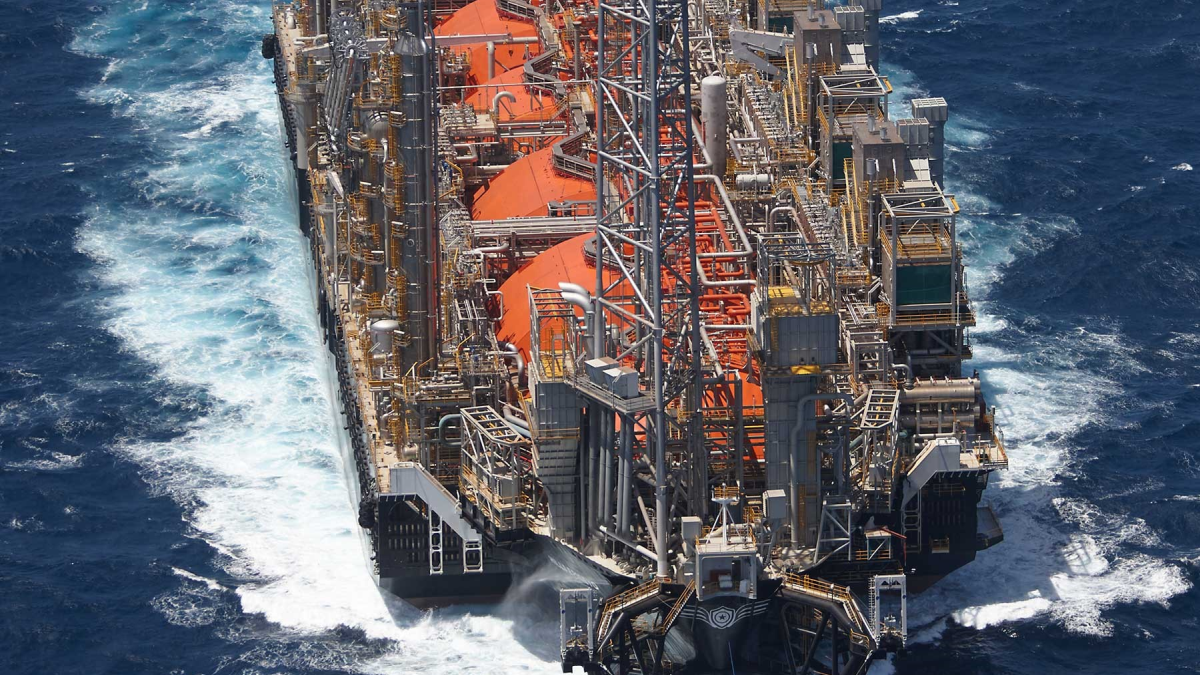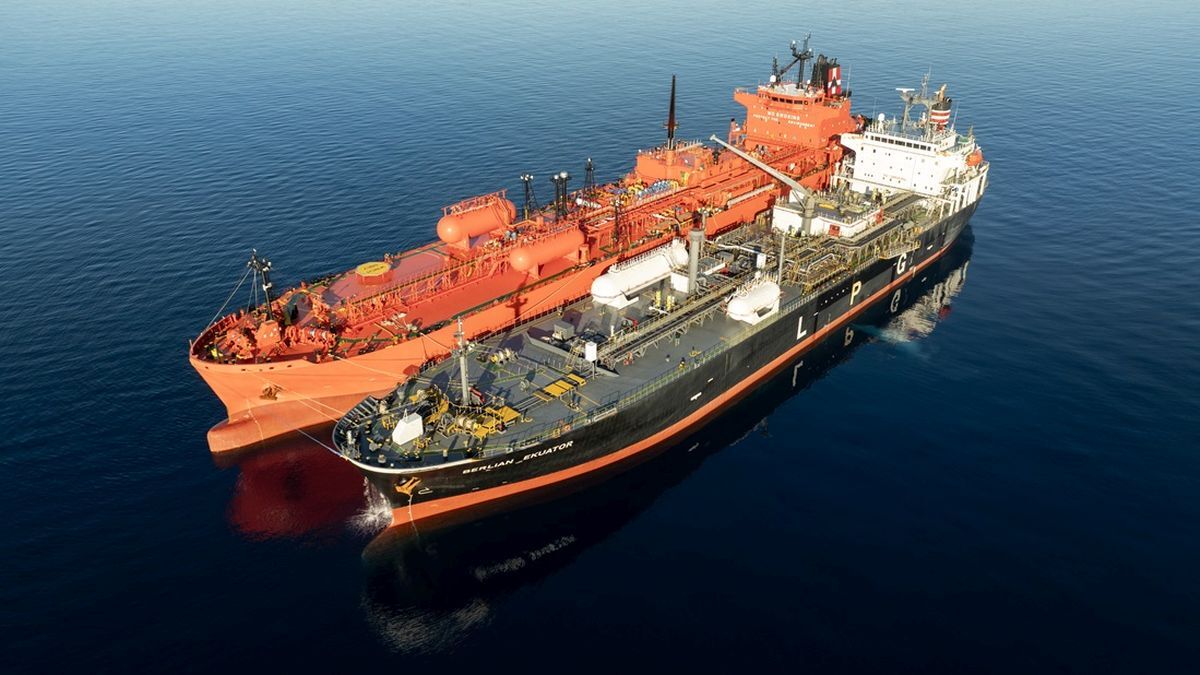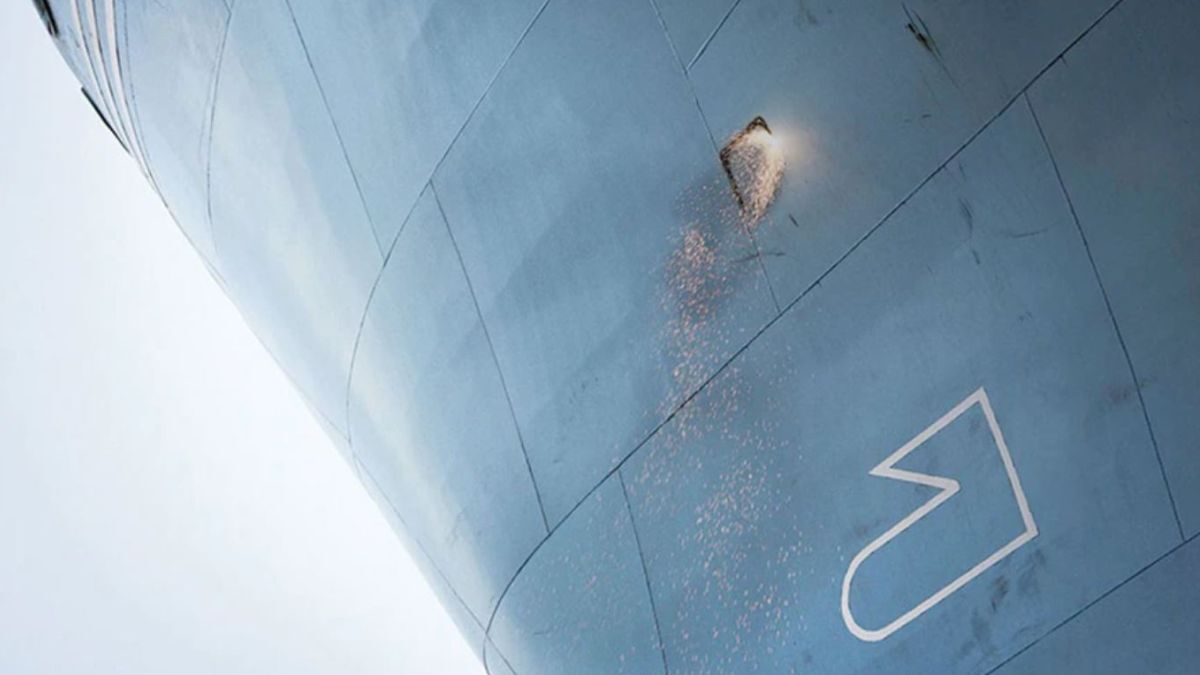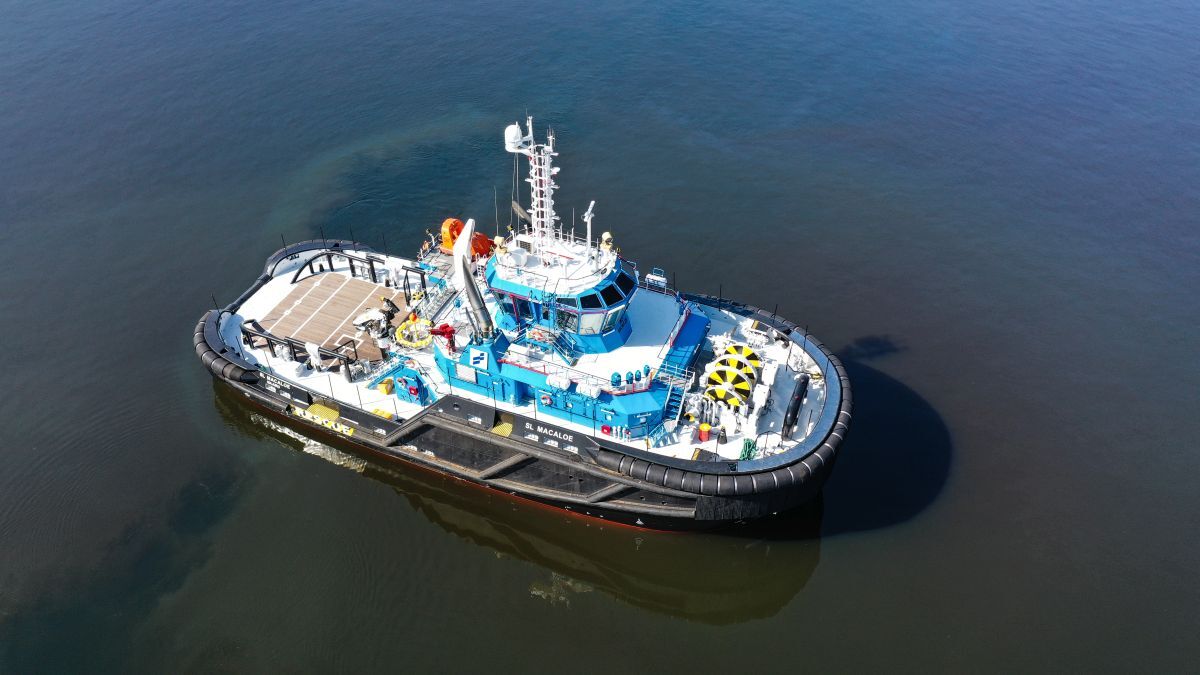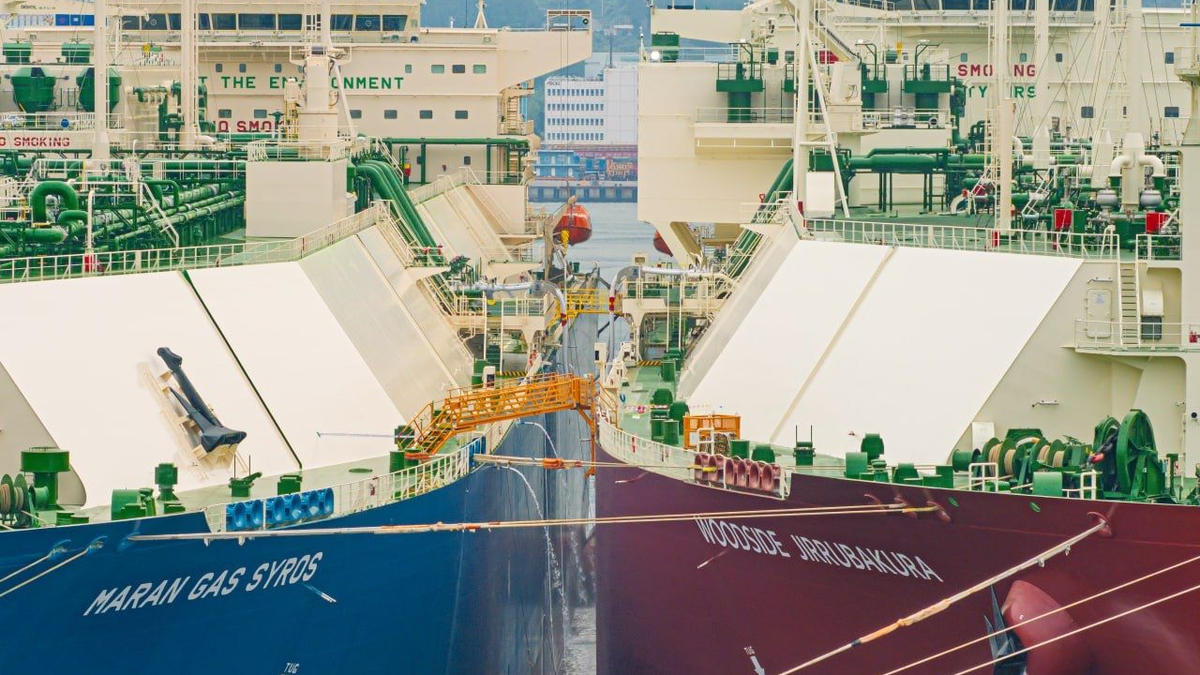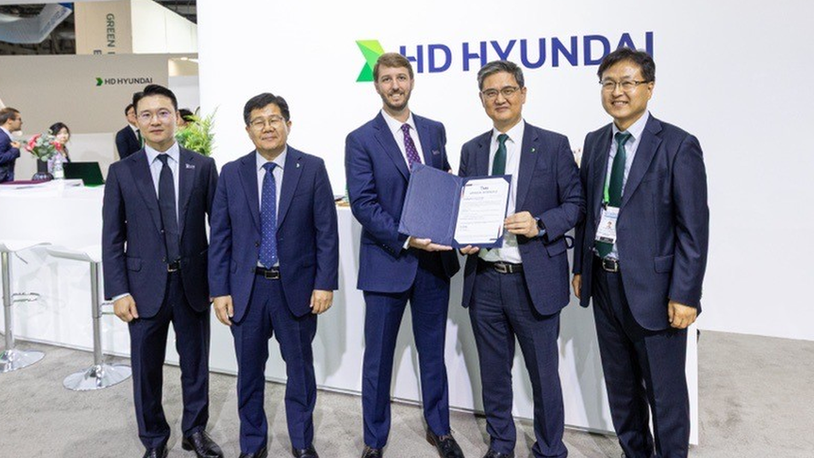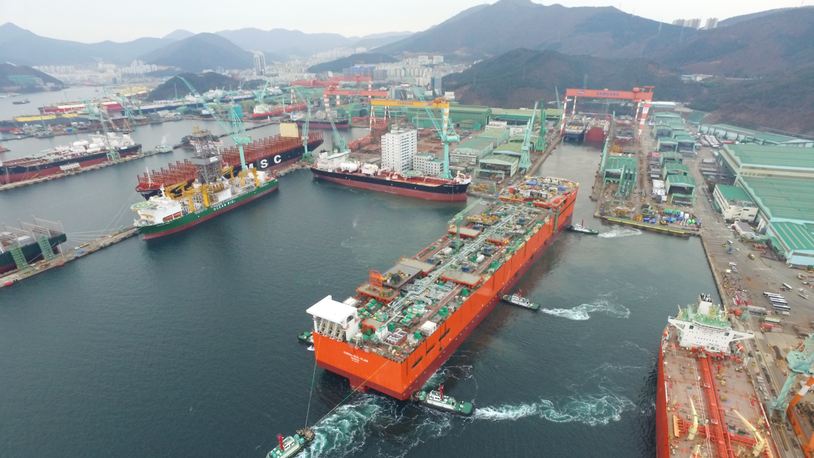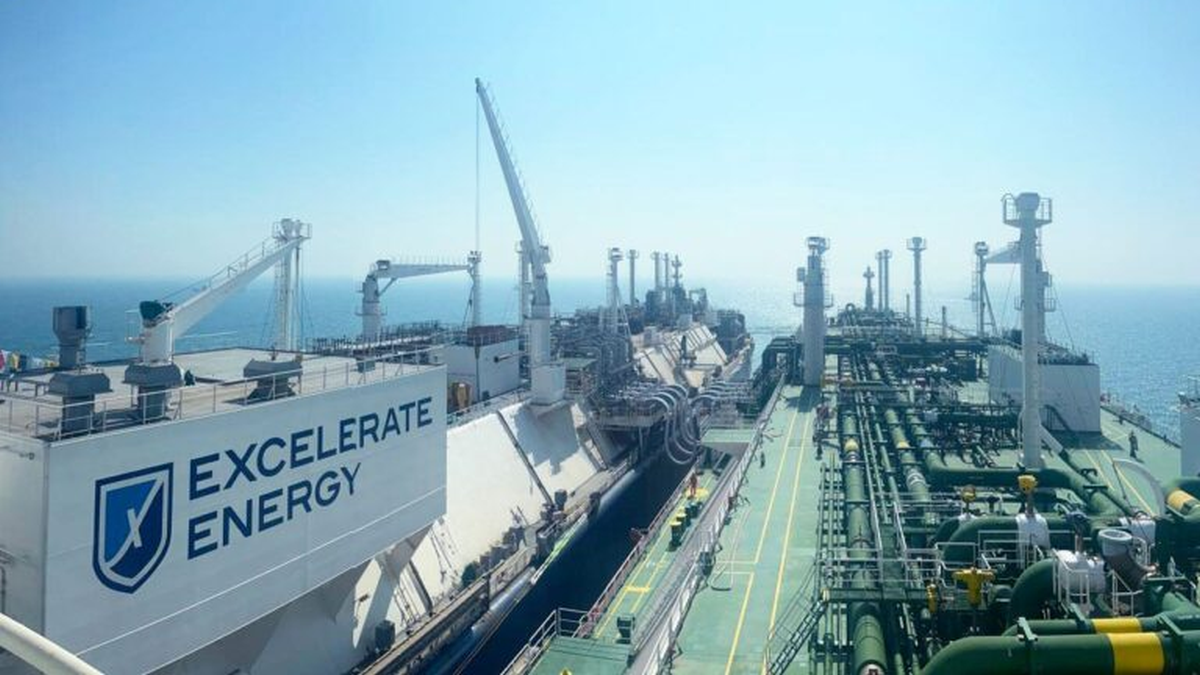Business Sectors
Events
Contents
Register to read more articles.
Mooring floating LNG for tomorrow
Global floating LNG projects are adopting diverse mooring systems to meet environmental and operational demands from deepwater to cyclone-prone regions
When OLT Offshore launched its new capacity allocation procedure for the Toscana FSRU in April 2025, it highlighted a broader development: floating LNG infrastructure is evolving in technical sophistication. The multi-year allocation round, anchored in long-term regasification capacity and open season transparency, reaffirms the terminal’s commercial stability. At Toscana’s core is an engineered mooring and station-keeping solution enabling year-round offshore operations near Livorno, in exposed Tyrrhenian waters.
OLT Offshore LNG Toscana, a converted LNG carrier, offers side-by-side offloading. It represents one of several floating LNG configurations. From turret-moored units in cyclone-prone offshore Australia to jetty-linked regas units in the Baltic, station-keeping technologies vary by geography. With projects under construction or planned in Congo, Nigeria, the US, and Southeast Asia, mooring systems are being scrutinised for reliability, fatigue life, environmental resilience, and redeployment potential.
Shell’s Prelude, the largest FLNG facility, set the benchmark for internal turret mooring in harsh conditions. The 488-m unit is anchored by 16 catenary mooring lines spread across a weather-vaning internal turret engineered to endure cyclonic storms off Australia’s northwest shelf. Flexible production risers with bend stiffeners and high-pressure swivels reduce stress. Three stern thrusters supplement the turret during offloading, reflecting a hybrid station-keeping approach.
In contrast, Golar’s Hilli Episeyo, moored off Cameroon since 2018, uses a tower yoke mooring supplied by NOV APL — a rigid hinged arm connected to seabed piles. This dampens motion and minimises riser fatigue. In Q1 2025, Golar announced that Hilli Episeyo was central to a 2.45M tonnes LNG production project off Argentina commencing in 2027.
Petronas pursued both fixed and mobile approaches. PFLNG Satu employs an external turret mooring allowing relocation from Kanowit to Kebabangan. PFLNG Dua, moored in 1,250 metres of water off Sabah, uses a permanent turret with eight polyester mooring lines and steel risers in a lazy-wave design to mitigate deepwater bending fatigue.
Eni’s Coral Sul FLNG off Mozambique adopts a turret mooring similar to Prelude, with internal weathervaning and 20 taut mooring lines in 2,000 metres of water. High-Integrity Pressure Protection Systems (HIPPS) limit pressure surges into the risers, reflecting emphasis on reducing peak load stress cycles.
Eni’s Congo LNG project introduced a novel split-mooring arrangement. Tango FLNG, operating alongside the LNG carrier Excalibur, features individual mooring for each unit, functioning as a coupled floating production and storage system. Each vessel bears its own environmental load, offering flexibility in decommissioning or redeployment.
“Mooring failures are rare but not impossible. Engineering redundancy must be matched by operational vigilance”
In the US, Delfin Midstream is planning a fleet of deepwater FLNG vessels based on disconnectable single-point moorings. A turret or tower yoke system connected to a submerged buoy will allow the vessel to sail to safety during hurricanes. Dynamic positioning (DP) capability will supplement mooring during offloading. Delfin CEO, Dudley Poston, highlighted significant governmental support for the project, now granted a permit extension in Q1 2025.
BP’s Greater Tortue Ahmeyim FLNG offshore Mauritania and Senegal is anchored behind a man-made breakwater. Its system includes 26 mooring lines made of synthetic rope and aramid fibre, tensioned to maintain berth alignment within a 0.3-metre tolerance. Tugs assist with mooring and heading control, reducing reliance on built-in thrusters.
Nigerian newcomer UTM Offshore, partnering with NNPC, plans a turret-moored FLNG at the Yoho field. The internal turret design prioritises proven systems and rotational flexibility. Flexible risers connect to a nearby production platform, reducing subsea complexity.
In Gabon, Perenco’s Cap Lopez FLNG will utilise existing jetty infrastructure at the old oil terminal. A side-by-side offloading system will link the floating liquefaction barge with a converted LNG carrier used as an FSU. Fatigue life for jetty hooks and loading arms remains a key consideration despite mild estuary weather.
In Europe, floating LNG is focused on regasification. The Independence FSRU at Klaipėda, Lithuania, typifies Baltic strategies, permanently berthed at a fixed jetty using quick-release hooks and marine fenders. Toscana FSRU is tethered offshore via a turret-type connection to a fixed subsea riser. A floating pipeline segment and a subsea anchoring spread allow permanent offshore station-keeping, with tugs assisting LNG carriers during side-by-side transfers.
Fatigue management across platforms is increasingly central to long-term operability. In deepwater locations fatigue mitigation is handled through riser configurations: lazy-wave designs, bend stiffeners, and HIPPS systems reduce curvature and stress. For mooring lines, polyester rope segments replace heavy steel to dampen cyclic loads and permit greater elasticity.
Shell’s Prelude highlighted the need for continuous fatigue monitoring after a mooring line failure in 2018, leading to fairlead redesigns and material changes. Load cells and tension monitoring are now integrated. As a Prelude engineer observed: “Mooring failures are rare but not impossible. Engineering redundancy must be matched by operational vigilance.”
Similarly, BP’s Tortue installation employs nylon dampers within synthetic mooring lines, acting as shock absorbers. Aramid is preferred over polyester for the line core to achieve lower creep under load and enhanced fatigue life. Class societies including DNV and ABS now require full-scale fatigue testing of mooring elements.
One compelling design evolution is the move towards hybrid station-keeping. Thruster-assisted mooring, used by Shell and planned by Delfin, allows vessels to orient optimally during offloading, reducing broadside wave impact. Positional mooring (POSMOOR) manages mooring tension actively with controlled thrust.
Dual-vessel configurations such as Eni’s Congo FLNG and FSU pairing challenge traditional LNG terminal assumptions. Operating independently moored but functionally coupled, this setup offers modularity and flexibility. LNG transfer between vessels uses floating cryogenic hoses, designed to withstand fatigue and motion stresses.
Disconnectable turrets, borrowed from the FPSO sector, remain under study for Gulf of Mexico installations. The turret buoy remains moored while the vessel departs during extreme weather, central to Delfin’s risk management approach.
Classification societies are shaping mooring technology expectations. DNV’s OS-E301 mandates full fatigue life assessments including out-of-plane mooring chain bending. ABS updates FLNG-specific guidelines covering turret fatigue, riser insulation, and swivel seal longevity.
Regional regulators are asserting influence. Australia’s NOPSEMA investigations into Prelude’s 2018 mooring incident informed retrofits. In the US, MARAD requires hurricane contingency plans for floating deepwater ports, impacting design choices such as disconnectable moorings.
As the sector expands through 2030, technical diversity in mooring systems will continue. Turret moorings will dominate in harsh environments, but hybrid systems, disconnectable units, and split mooring configurations are demonstrating increasing value. With advances in fatigue monitoring, riser stress reduction, and regulatory guidance, mooring has emerged not just as an enabler, but as a core determinant of floating LNG’s long-term viability.
Related to this Story
Events
Offshore Support Journal Conference, Americas 2025
LNG Shipping & Terminals Conference 2025
Vessel Optimisation Webinar Week
© 2024 Riviera Maritime Media Ltd.


